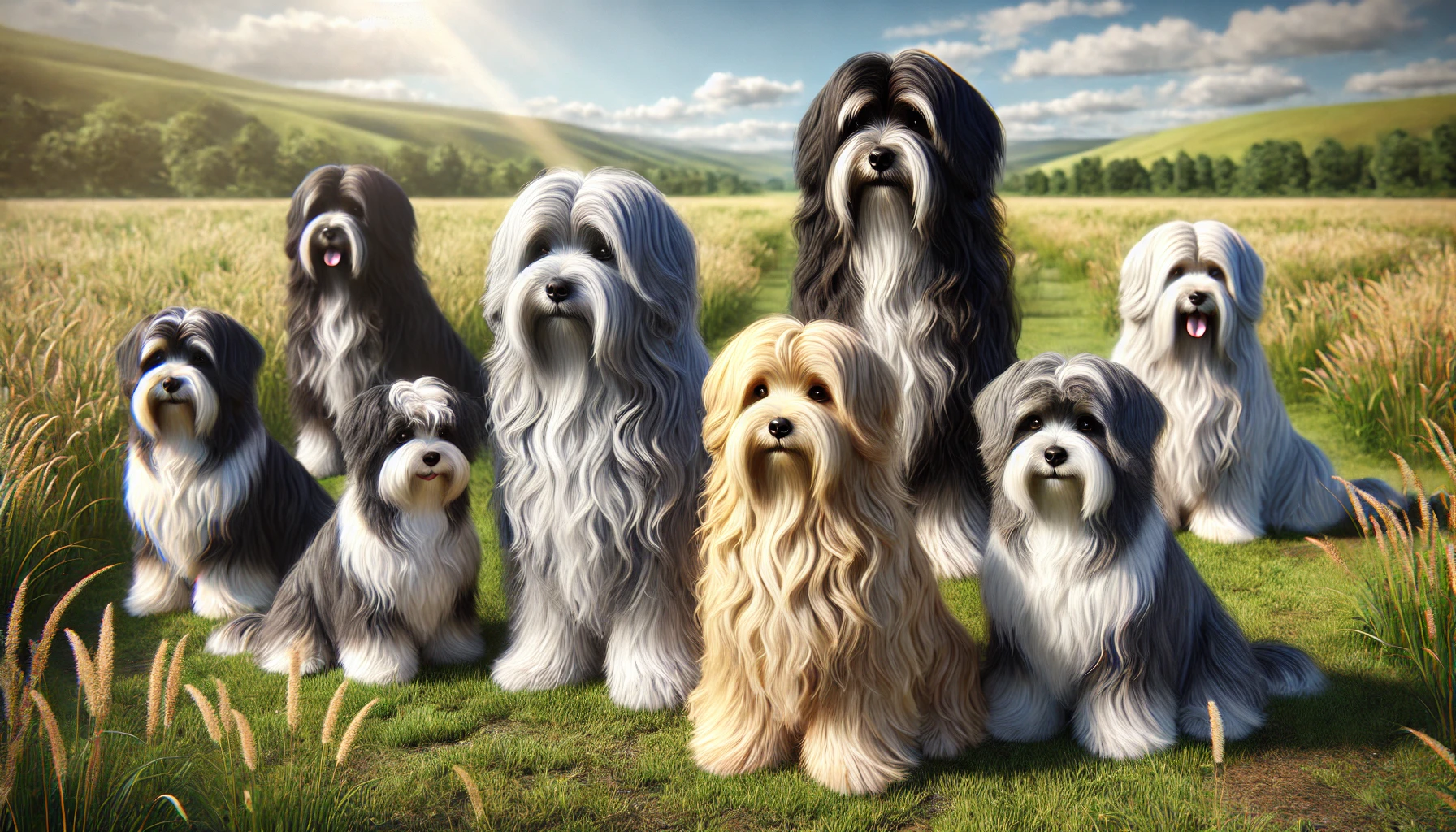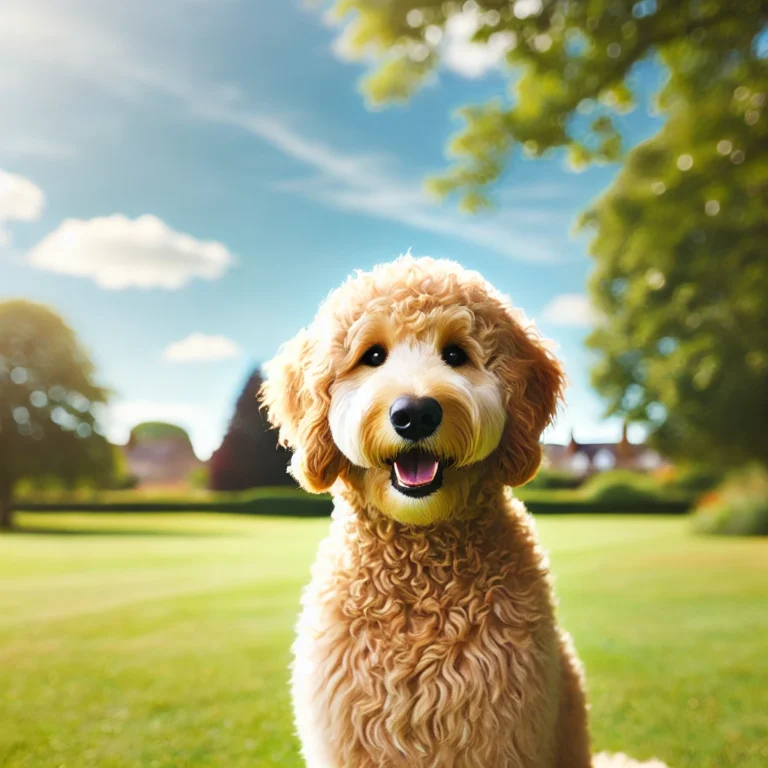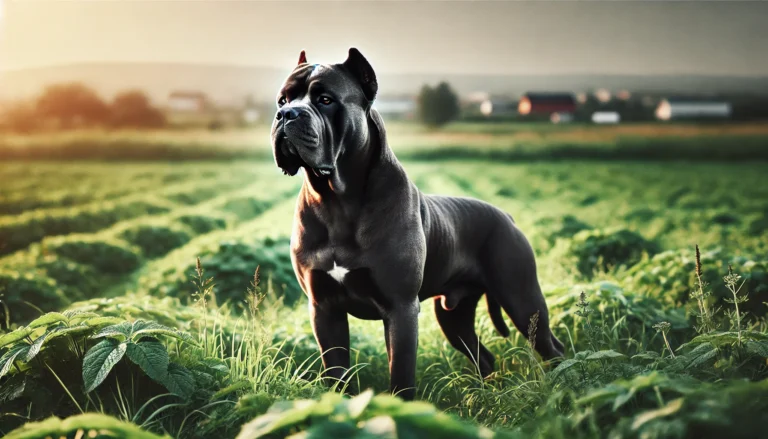Tibetan Terriers – Dog Breeds – American Kennel Club

The Tibetan terrier is a beloved dog breed, known for its beautiful long coat, friendly disposition, and intelligent nature. Originating from Tibet, this breed has become a popular companion animal due to its calm demeanor, hypoallergenic coat, and ability to adapt well to various living environments. Like all dogs, they require proper care to maintain their health and well-being. This comprehensive guide will cover everything from their health concerns to grooming needs, helping owners provide the best care for their Tibetan terrier.
Understanding the Tibetan Terrier Dog Breed
History and Origins of the Tibetan Terrier
The Tibetan terrier has a fascinating history that stretches back centuries in the Himalayan region. Originally bred by Buddhist monks in Tibet, these dogs were prized for their loyalty and versatility. Despite the name, they are not true terriers but belong to a different group of non-sporting breeds. They were used to herd livestock, guard monasteries, and serve as companion dogs.
In Tibet, the terrier was considered a symbol of good luck. Only a few terriers were allowed to leave the region, and they were often given as gifts to foreign dignitaries. This practice continued until the breed was brought to the West in the early 20th century.
Physical Characteristics
The Tibetan terrier is a medium-sized dog with a sturdy, well-balanced body. They typically stand between 14 to 17 inches (35 to 43 cm) tall and weigh between 18 to 30 pounds (8 to 14 kg). One of their most striking features is their long, silky coat, which can come in various colors, including black, white, gold, and gray. Despite their long fur, terriers are considered hypoallergenic, making them a great choice for people with allergies.

Health of the Tibetan Terrier
Common Health Issues in Tibetan Terriers
As a breed, they are generally healthy dogs. However, like all breeds, they are susceptible to certain health conditions. Being aware of these potential issues and taking preventive steps can ensure a long and healthy life for your terrier.
Hip Dysplasia
Hip dysplasia is a common condition in medium-sized dogs like the Tibetan terrier. It occurs when the hip joint does not develop properly, leading to arthritis and pain. Dogs with hip dysplasia may have difficulty jumping or climbing stairs, and may exhibit lameness or stiffness after exercise.
Prevention and Care:
- Regular vet check-ups and X-rays can help detect early signs of hip dysplasia.
- Maintain a healthy weight and provide moderate exercise to reduce stress on the joints.
Eye Problems
Tibetans are prone to certain eye conditions, including cataracts, progressive retinal atrophy (PRA), and retinal dysplasia. These conditions can result in blindness if left untreated.
Prevention and Care:
- Regular eye exams by a veterinarian can detect eye conditions early.
- Keep your dog’s coat trimmed around the eyes to prevent irritation and debris buildup.
Patellar Luxation
Patellar luxation occurs when the kneecap moves out of its normal position. This condition is common in small to medium-sized dogs and can cause limping or difficulty walking.
Prevention and Care:
- Regular exercise can help maintain muscle tone and joint health.
- Early detection can help in managing this condition before it requires surgical intervention.
Do you know?
Just like humans, dogs can fall into the depths of depression, and the silence in their once joyful bark may be their cry for help—if only we knew how to listen.
Allergies
Food allergies and environmental allergies are common in terriers. Symptoms may include itching, skin irritation, or gastrointestinal problems. Common allergens include certain proteins, grains, dust mites, and pollen.
Prevention and Care:
- Work with your veterinarian to determine the specific allergens affecting your dog.
- Special hypoallergenic diets or medications may help manage allergic reactions.
Nutrition and Diet for Tibetan Terriers
Proper Nutrition for a Tibetan Terrier
Providing your terrier with a balanced, high-quality diet is essential for maintaining overall health. These dogs have specific dietary needs to keep their energy levels up, maintain a healthy coat, and support their immune system.
Recommended Diet for Tibetan Terriers
Look for dog food that is rich in high-quality protein sources such as chicken, beef, or lamb. Whole grains and healthy fats are also important for maintaining a shiny coat and overall well-being.
Feeding Guidelines:
- Puppies (up to 6 months): 3 meals a day.
- Adults (6 months to 7 years): 2 meals a day.
- Senior dogs (7+ years): 2 meals per day, possibly with reduced calories to match their lower activity levels.
Special Dietary Considerations
Tibetan terriers can sometimes develop food allergies, particularly to common ingredients such as corn or soy. If your dog shows signs of digestive upset, skin irritation, or ear infections, it may be necessary to switch to a grain-free or limited ingredient diet.
Grooming and Coat Care for Tibetan Terriers
Grooming a Tibetan Terrier
One of the most distinguishing features of the terrier dog is its beautiful, long, and silky coat. Regular grooming is essential to prevent tangles, mats, and to keep the coat healthy. Though terriers are hypoallergenic, their coat still requires significant care.
Brushing the Tibetan Terrier
Tibetan should be brushed 2 to 3 times a week to prevent matting. Use a pin brush or slicker brush to untangle their fur, and a comb to check for any knots.
Bathing and Haircuts
Terriers do not need frequent baths, but they should be bathed every 4-6 weeks. Regular haircuts around the eyes and ears can also help keep the dog comfortable and prevent irritation.
Trimming the coat around the eyes is particularly important to maintain clear vision. Regular grooming sessions not only help keep your dog’s coat healthy but also serve as a bonding activity.
Exercise and Activity Needs
How Much Exercise Does a Tibetan Terrier Need?
Though they are not hyperactive, Tibetans still require regular exercise to keep them healthy and mentally stimulated. They enjoy moderate walks, play sessions, and interaction with their family.
Daily Exercise Routine
Aim for at least 30 minutes of exercise per day. This can include a mix of walks, playtime, and mental activities such as puzzle toys. Tibetan puppies and younger dogs may require slightly more active play to burn off energy.
Training and Socialization
Training Your Tibetan Terrier
Tibetans are intelligent and eager to please, making them highly trainable. However, they can be independent, so consistency and patience are key.
Socialization
Start socializing your Tibetan from an early age. Introduce them to new people, other pets, and different environments to ensure they grow up to be well-adjusted and confident.
Obedience Training
Tibetans respond well to positive reinforcement training. Reward-based methods, such as treats and praise, are effective in teaching commands and reinforcing good behavior.
Lifespan and Aging of the Tibetan Terrier
Lifespan and Senior Care
Terriers typically live between 12-15 years, which is a relatively long lifespan for medium-sized dogs. As they age, they may experience some common age-related health issues such as arthritis or cognitive dysfunction.
Senior Tibetan Terrier Care
As your Tibetan ages, you may need to adjust their diet, exercise routine, and veterinary care to accommodate their changing needs. Keep an eye on their weight and joint health, and continue regular check-ups with your vet.
Conclusion: Caring for Your Tibetan Terrier
The Tibetan terrier is an intelligent, affectionate, and hypoallergenic breed that can make a wonderful companion for the right owner. With proper care, a balanced diet, regular exercise, and grooming, your Tibetan terrier can enjoy a long and healthy life. Whether you’re considering adopting a Tibetan terrier puppy or already have one, it’s important to stay informed about their health needs and be proactive in addressing any potential issues.
By providing your Tibetan terrier with the right care and attention, you can ensure that this delightful breed remains healthy, happy, and thriving for many years to come.
Is a Tibetan Terrier a good family dog?
Yes, the Tibetan Terrier is an excellent family dog. They are friendly, affectionate, and good with children, making them ideal companions in a family setting. They are generally well-behaved, social, and adaptable to various living situations. Their gentle temperament and loyalty make them a beloved member of the family.
Is the Shih Tzu a Tibetan Terrier?
No, the Shih Tzu is not the same as a Tibetan Terrier, although both breeds originate from Tibet and share similar physical traits, such as a long, luxurious coat. The Shih Tzu is a distinct breed, developed primarily as a companion dog for Chinese royalty, while the Tibetan Terrier was bred by Tibetan monks for guarding, herding, and companionship. Despite their similarities, they are separate breeds with different histories and traits.
What is another name for a Tibetan Terrier?
Another name for the Tibetan Terrier is the “Holy Dog of Tibet.” The breed is sometimes also referred to as the “Tibetan Holy Dog” due to its revered status in Tibetan culture, where it was considered a good-luck charm and a spiritual companion for monks.
Do Tibetan Terriers bark a lot?
Tibetan Terriers are not known to be excessive barkers. They are typically calm and reserved, only barking when necessary, such as when alerting their owners to potential threats or visitors. They are not as vocal as some other terrier breeds, making them suitable for families looking for a quieter companion.
Do Tibetan Terriers smell?
No, Tibetan Terriers do not have a strong odor. Their long, silky coat, when properly groomed, is unlikely to retain unpleasant smells. However, like all dogs, regular bathing and coat care are important to maintain their cleanliness and prevent any odor buildup. Their hypoallergenic coat helps minimize dander, making them a good option for allergy sufferers.
Are Terriers talkative?
Terriers, in general, tend to be more vocal compared to some other breeds. While they are not typically as talkative as certain toy breeds, many terrier breeds—including the Tibetan Terrier—are known for barking at unfamiliar sounds or situations. They are not excessively talkative but can be alert and vocal when needed, especially if they sense something unusual. The level of talkativeness can vary depending on the individual dog’s personality.






